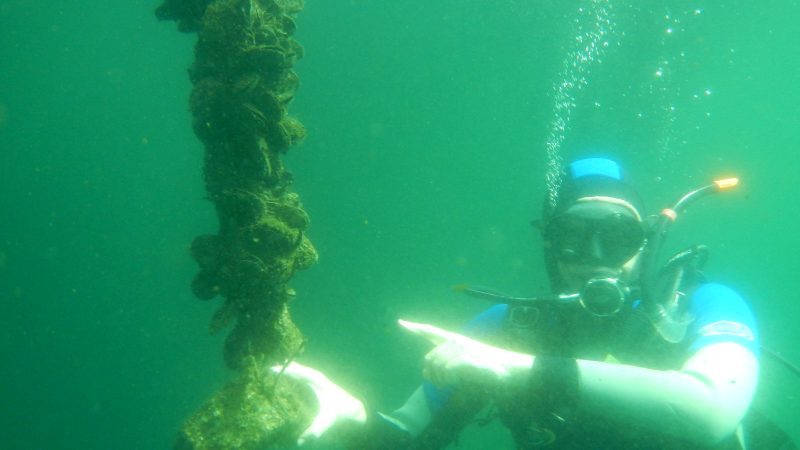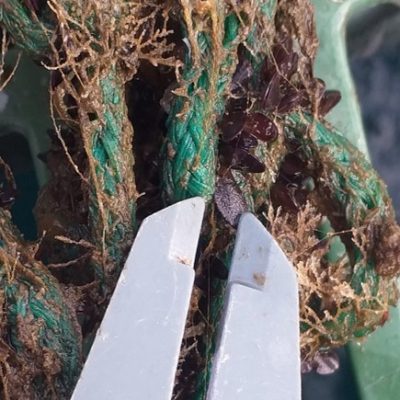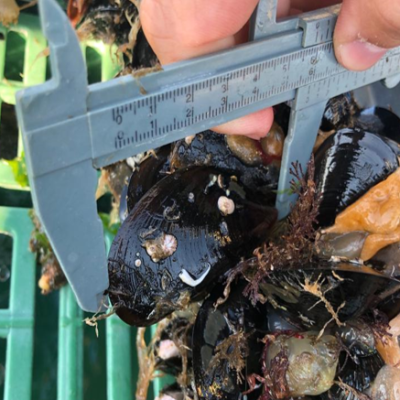Scientific staff from the Marine Research Centre of the University of Vigo have just published the pioneering results of the research project Assemble Plus in the prestigious journal Scientific Reports, published by Nature, which could help to solve one of the sector’s major problems: obtaining sufficient seed at any time of the year for the 3,300 floating hatcheries. Pablo Heres, Jesús Troncoso and Estefanía Paredes demonstrated for the first time that cryopreserved mussel larvae can be transferred to ropes and grown in the natural environment to produce a second generation. The authors of the study claim that “cryopreserved larvae grow to adults with the same growth rates as wild larvae, and reach an average commercial size at the same time”.
Improving survival
Factors such as human or environmental pollution or genomic anomalies threaten aquaculture. According to Heres, Troncoso and Paredes, climate change may also influence natural mussel populations. Based on these assumptions, the researchers started their work with the aim of developing “methodologies to ensure the sustainability of competent seed that had been harvested”.
The scientific staff involved explain that for their research they took mature mussels from the Vigo estuary, deposited them in tanks fed with filtered seawater and induced the spawning of adults. Subsequently, they selected sperm and oocytes and released them until they fertilisAfter examining different larval stages, chilling and thawing rates and combinations of cryoprotectants, they consider to have proved the ability of the optimised protocol to produce mussel seeds from cryopreserved larvae “because they survive and develop normally once thawed”.
According to the article signed by Heres, Troncoso and Paredes, further research remains to “improve post-thawing success to provide higher survival rates from the start, as well as to determine the processes involved in the high mortality rates found at the beginning of culture”.
Read the full story at the Voz de Galicia or the Assemble Plus new
The CIM research activity is supported by the Xunta de Galicia and the European Union in the framework of the Operational Programme FEDER Galicia 2014-2020.



